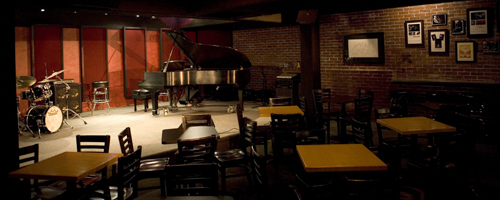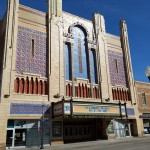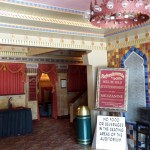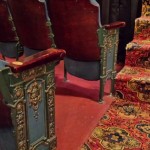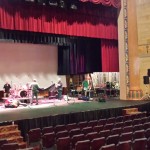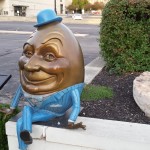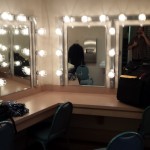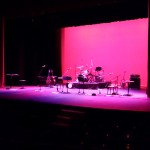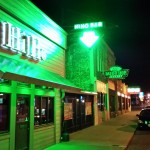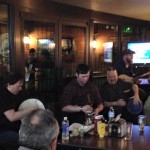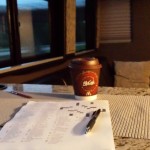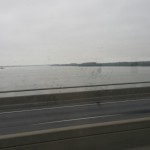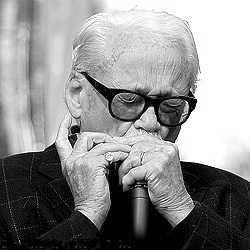
Photo credit: Ron van der Kolk via Wikimedia Commons
I’ve written here before about Toots Thielemans, the trailblazing jazz harmonica player. His passing last week at the age of 94 spurred many tributes, including one from NPR that mentions his accordionist roots:
Thielemans’ first instrument was actually the accordion; he was a child entertainer in the Brussels sidewalk cafe run by his parents. As a teenager, he took up harmonica and guitar, but he still didn’t dream of music as a career.
“But Louis Armstrong changed all that.”
He had heard jazz, and it became his passion […] However, the harmonica was and is still best-known as a blues or folk instrument—or a toy—and he faced an uphill battle for acceptance.
It’s a battle that he won, hands down, as the Washington Post reported:
It was Mr. Thielemans’s inimitable technique and distinctive sound on the chromatic harmonica, an instrument that he single-handedly proved could hold its own in the jazz repertory, for which he will be remembered.
“He has a level of virtuosity that you don’t have to make excuses for, you don’t have to put an asterisk on Toots. . . . You don’t have to say, ‘He’s great — for a harmonica player,’ ” said jazz critic Gary Giddins, who spoke as part of a 2006 New York University jazz master class with Mr. Thielemans. “He can sit up there with Dizzy and doesn’t have to take an apology because of the instrument. That’s the genius of the whole thing.”
Any musician who plays jazz on a “non-standard” instrument, whether it’s harmonica, violin, ukulele, or (of course) accordion, owes some debt of gratitude to Toots, who showed us that the most unlikely of instruments can still swing.


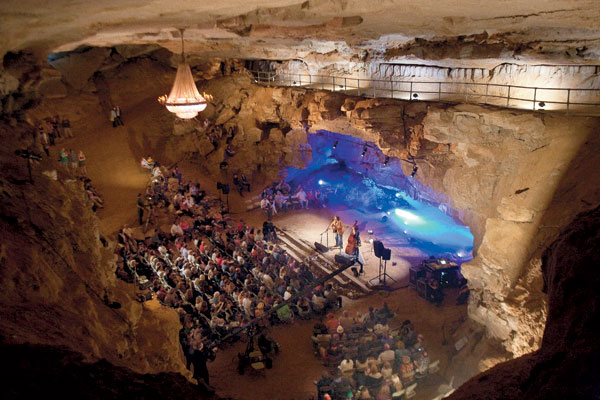
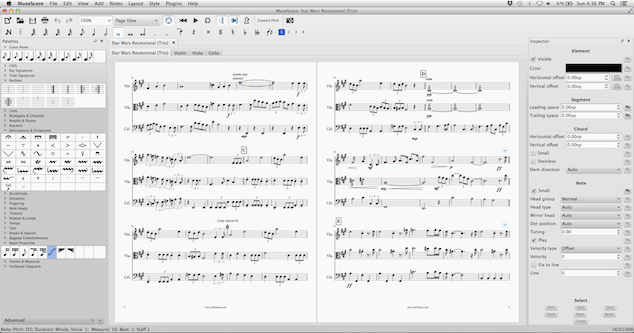 But long ago, when I first learned to write notation back at Berklee, none of the above programs existed yet, so we did it by hand, with a pencil or pen, a straight-edge, and a pad of pre-lined notation paper.
But long ago, when I first learned to write notation back at Berklee, none of the above programs existed yet, so we did it by hand, with a pencil or pen, a straight-edge, and a pad of pre-lined notation paper.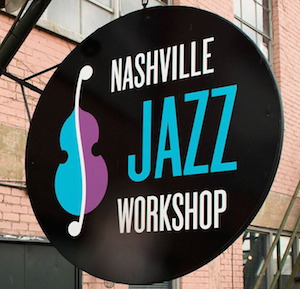 This Thursday, 12/10, I’ll be bringing my accordion and sitting in with the Nashville Jazz Workshop Trio, backing up the students of
This Thursday, 12/10, I’ll be bringing my accordion and sitting in with the Nashville Jazz Workshop Trio, backing up the students of 